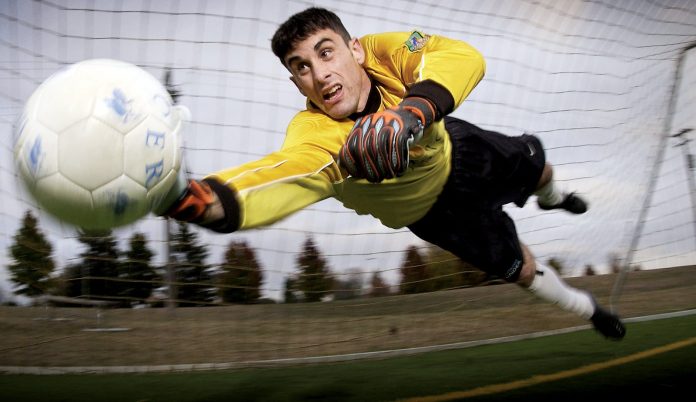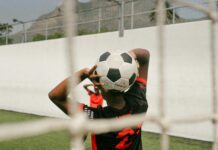
In a soccer match, goalkeepers are the last line of defense between the goal and your opponents. Thus, they play one of the most important roles in the match. As a coach, you, therefore, need to ensure that your keeper is giving their best performance out there. And if needed, you need to help them improve their performance.
While working on their reaction time, and reflexes are pretty good ways to improve performance, there are a few other factors as well that you need to look into. Here’s a quick rundown on how you can improve the overall on-field performance of your team’s goalkeepers.
Building good habits
In order to make full use of their potential, your goalkeepers must first learn to work on certain habits. These habits include –
- Getting sufficient rest, especially before a match or training session. Lack of sufficient rest can lead to poor reflexes and reaction times.
- Avoiding big workout sessions right before a match.
- Keep moving around, jumping up and down while standing under the goal during a game. This will help them keep their heart rates up.
- Having a light meal before a game or training session. The meal should give them enough energy for the day without making them feel bloated or tired.
As a coach, it’s up to you to ensure that your keepers are maintaining these habits. If necessary, you might have to enforce these habits from time to time as well.
Training their reflexes
Goalkeepers need to have the reflexes of a cat. The position they hold in a soccer team is very important, and one that needs the player to have ninja-like reflexes. Thus, in order to improve your goalkeepers’ on-field performances, you’ll have to get them working on their reflexes.
There are many drills that keepers have to go through to enhance their reflexes. Most of these drills are set to help them improve their reaction times. Continuously practicing these drills will allow your keepers to gradually bring improvement upon their reflexes as well as reaction speeds.
If you’re looking to bring in more improvement to the way they train their reflexes, you could consider using flash reflex training lights. This ultra-modern method of training reaction speed and reflexes is used globally by professional sports teams and their coaches. You can set up and monitor the lighting system through software or a mobile app. Some of these training apps, like the BlazePod soccer coaches app, provide detailed performance reports on your players. These reports help coaches like yourself observe your goalkeepers’ reaction times, and then analyze their reflexes.
Learning how to position themselves
Reflexes aren’t enough to help your keepers improve their performances. They need to learn how to position themselves as well. Otherwise, despite being fast and having the reflexes of a cat, your keeper can do very little to stop incoming shots.
There’s a phrase that goes, ‘being at the right place, at the right time’, and your goalkeepers need to be able to do exactly that. You’ll have to guide your keepers on where to stand during the game. Their positioning will vary depending on their opponents, and the research for this will have to be done by you.
When you observe your opponents, you need to realize their strengths and weaknesses. While analyzing their best games, you should work out the ways they exploit the opponent keeper’s positioning. This will not only give you insights regarding their tactics but will also help you understand where you need to station your goalkeeper.
Training for unpredictable situations
Your goalkeepers will have to deal with a variety of scenarios. The soccer ball could be coming their way from an open play, 30-40 yards away, close range, or a deflection. There’s no way to tell how the shot will reach them, but they can train for it.
For the usual long or close-range shots, your keeper can stand in goal while the other players fire their best shots. To train them for deflected shots, you can set up obstacles in their way to create an unpredictable situation. The obstacles can be used to deliberately deflect the ball so that your keeper can test their reaction speed and reflexes.
All in all, this pretty much covers the most common, as well as useful ways of bringing in improvement to your keeper’s on-field performance. Practicing these scenarios regularly will help them maintain a consistent performance.




